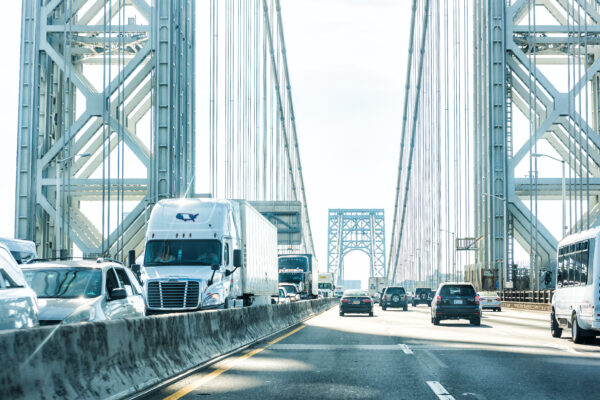 Workers’ compensation liability can extend beyond the office to the travel routes of temporary workers. If their daily commute or work-related travel benefits your company, you may be held liable for injuries sustained during their travel to and from work. Under workers’ compensation law, commuting to and from work is generally not considered part of one’s employment. However, there are exceptions to the “coming and going rule.”
Workers’ compensation liability can extend beyond the office to the travel routes of temporary workers. If their daily commute or work-related travel benefits your company, you may be held liable for injuries sustained during their travel to and from work. Under workers’ compensation law, commuting to and from work is generally not considered part of one’s employment. However, there are exceptions to the “coming and going rule.”
One exception is if your employer provides transportation to and from work. In a recent case in Virginia, an employee was initially denied workers’ compensation after getting injured on their way to work using the company-sponsored ride. However, the Virginia Workers’ Compensation Commission (VWCC) overturned the ruling and granted the employee benefits.
The decision was based on the fact that the company consistently provided transportation, implying an understanding that they would be responsible for injuries during the commute. Therefore, the employee’s injury during the commute was covered.
Construction industry example: A staffing firm places temps on construction assignments such as painting, drywall, and demolition contracting. They stated that they didn’t provide transportation for the claimant or other workers, arguing against an exception to the “coming and going rule.”
However, they paid a driver $80 weekly for gas, claiming it was for general transportation needs, not specifically for driving the claimant or other workers. The claimant contested the denial of their claim, arguing that the employer facilitated their transportation to job sites and pointed out the employer’s history of providing ride to other employees. On average, the cost to an employer for an on-the-job crash is over $70,000, and it exceeds $500,000 for catastrophic injuries or death.
Light industrial example: If your light industrial staffing firm provides transportation for workers to and from the client company’s location, your workers’ compensation program may be responsible for any accidents or injuries that occur during this off-duty travel time.
Healthcare staffing example: Employees without a fixed workplace may still be eligible for coverage, even if they use their own vehicles to travel to different job sites regularly. Who is responsible when a home health aide is injured in an accident while on their way to a patient’s home?
Internal employee example (Business travel and company events): Injuries during business travel are compensable since employees wouldn’t be traveling if it weren’t for their job. So, if an accident happens during an out-of-town conference, the employees’ injuries will likely be covered. Similarly, injuries during company-sponsored events can also be compensable. So, if your employee gets injured during the annual company picnic or holiday party heading home after the festivities, they will likely be covered under workers’ compensation. Errands requested by employers, such as delivering items, picking up items, or obtaining lunch for the office, may also be covered exceptions.
Compensability in workers’ compensation is an “it depends” situation:
The rise of remote work introduces additional complexities. Determining when workers’ compensation coverage begins and ends for telecommuters and defining the “workplace” for remote workers requires careful examination. Determining workers’ compensation coverage for telecommuters and defining the “workplace” for remote workers is complex due to the rise of remote work.
A significant point is that the rules and case laws surrounding workers’ compensation vary significantly by state. Decoding this “coming and going” rule is no easy task, but comprehending its boundaries can make a world of difference in the effectiveness of your workers’ compensation strategies.
To learn more about transportation options for temps, please contact a Marsh McLennan Agency advisor.




